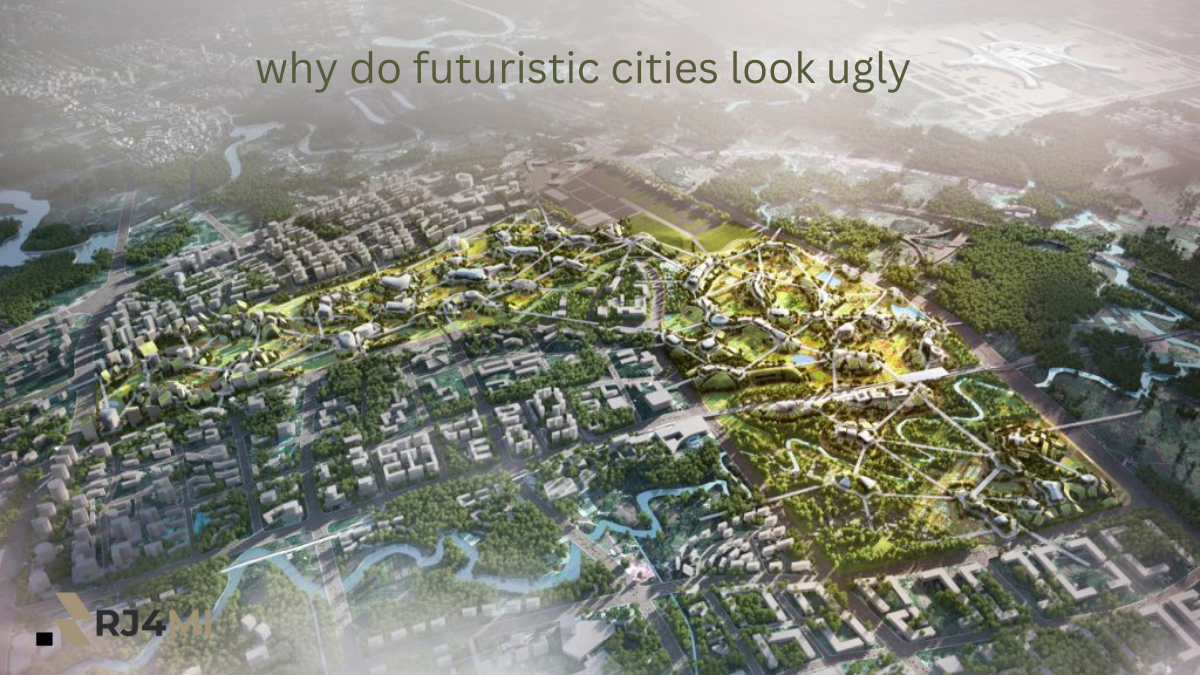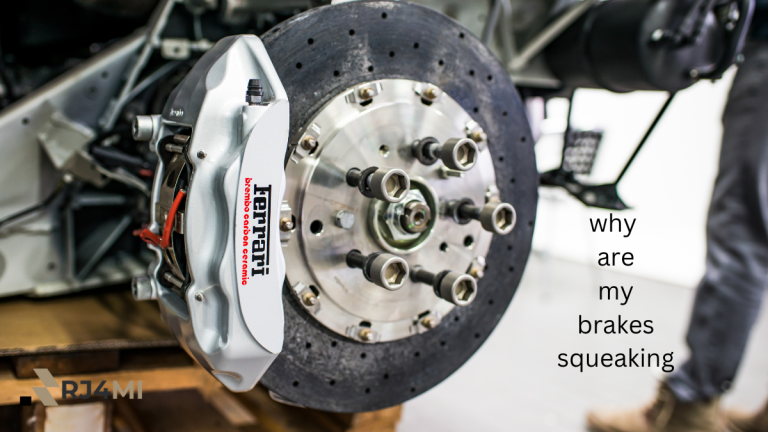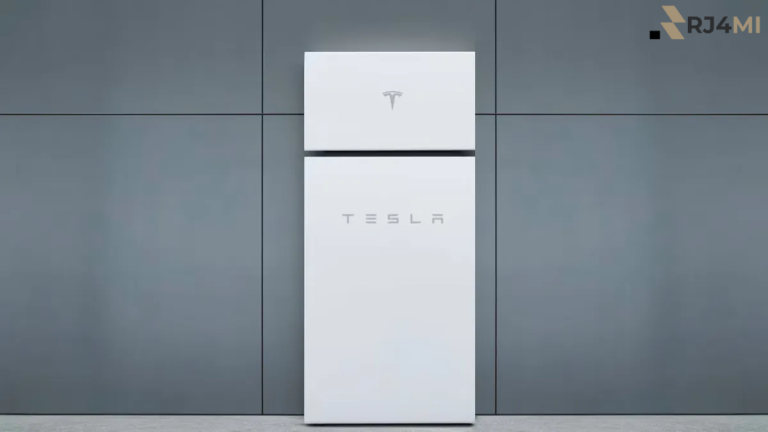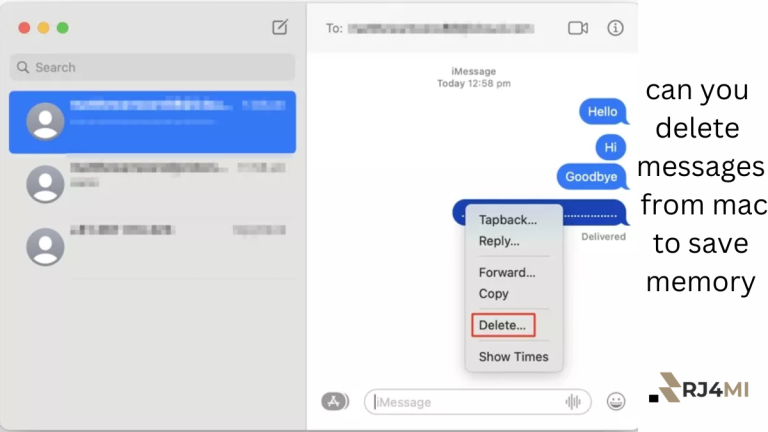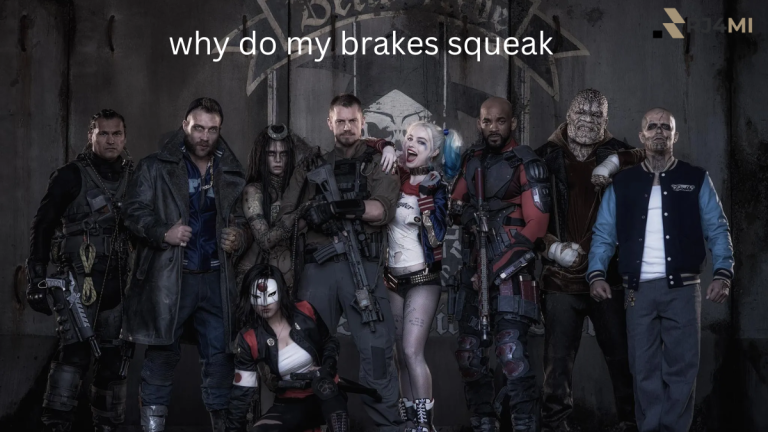Table of Contents
In our ever-changing world, cities are evolving faster than ever before. But when we look at the futuristic designs around the globe, it’s natural to wonder why futuristic cities look ugly. These cities are supposed to represent progress and innovation, yet many fail to inspire admiration or connect with our sense of beauty. This article delves into the disconnect between the promise of modern urban visions and the reality that often disappoints.
The Allure of Futuristic City Concepts

Why are we so drawn to futuristic cities? For decades, visions of gleaming skyscrapers, high-tech transportation, and eco-friendly neighborhoods have captured our imagination. Futuristic cities promise a world of efficiency and connectivity, where humans live harmoniously with technology. However, despite these promises, the question remains: why do futuristic cities look ugly? The closer we bring these visions to life, the more the dream falters.
- Breaking Down the Beauty Factor: People love beauty and design that feels welcoming and balanced. Yet, the aesthetics of many futuristic cities seem cold, sterile, and sometimes alien. Often, the designs focus heavily on sleek shapes and minimalism, which can feel more mechanical than human. This focus on ultra-modern aesthetics can make these cities look lifeless, which answers part of why many find them less appealing.
Form Over Function: Why Beauty Takes a Backseat
Modern city planners aim to solve problems like overcrowding and environmental stress. But in doing so, they sometimes put function ahead of beauty. Why do futuristic cities look ugly? One answer is that they often prioritize efficiency over aesthetic appeal. Practicality drives many design choices, from using sustainable materials to maximizing space, which may only sometimes lend itself to beauty.
- The Cost of Over-Simplicity: Simple designs are trendy, but there’s a fine line between simplicity and blandness. In focusing too much on creating efficient, cost-effective spaces, many futuristic designs lose the warmth and character that traditional cities have. This leaves people wondering why these cities lack charm or visual appeal, reinforcing the perception that futuristic cities look uninviting.
High-Tech Meets Low-Emotion: The Disconnect
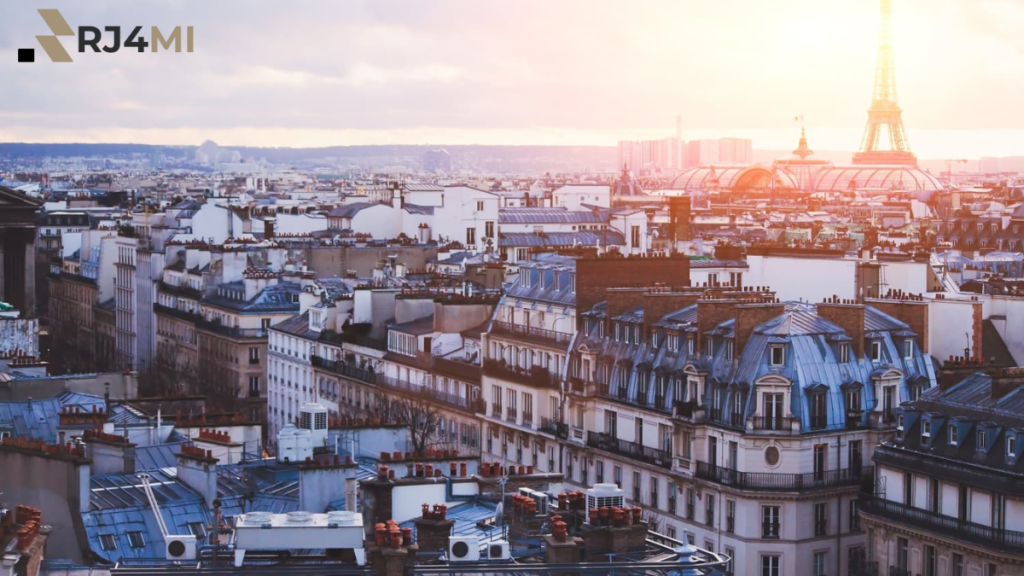
Today’s futuristic cities are filled with innovative technologies, from sensor-based streetlights to AI-driven traffic systems. However, these high-tech solutions come with a cost: they sometimes overshadow the emotional appeal that cities need to feel alive. It’s as if the technology that should enhance our urban spaces instead makes them feel less human. Why do futuristic cities look ugly? The answer may be that high-tech doesn’t always translate to high warmth.
- Losing Sight of Human Connection: Cities need to feel lived-in and personal to be loved. When buildings and public spaces prioritize sleek design over comfort, they lose the human touch. This is why many futuristic cities fail to resonate with people on a deeper level—they’re missing that essence of life and community that we value.
Culture and Tradition Take a Back Seat
A big part of why cities have always been beautiful is their connection to local culture and traditions. Futuristic cities often aim for a one-size-fits-all look that lacks regional character. When everything looks the same, cities lose their distinct charm, and residents feel disconnected from the place they call home. Why do futuristic cities look ugly? It could be because they ignore cultural elements that make cities feel authentic and relatable.
- Uniformity Over Uniqueness: Many futuristic designs emphasize uniformity, emphasizing polished glass, concrete, and metal finishes. This uniform look can feel impersonal and doesn’t reflect the cultural diversity that makes cities vibrant. For many, this uniformity answers why these designs lack the beauty and warmth we expect in cities.
Nature as an Afterthought
Green spaces are essential for cities to feel balanced and harmonious. Yet, in many futuristic city designs, nature becomes an afterthought rather than a core component. When designers place less importance on natural landscapes and greenery, cities feel harsh and unforgiving. The question of why futuristic cities look ugly is often rooted in their lack of natural beauty, as concrete and steel take precedence over green and inviting parks.
- Artificial Green Spaces vs. Natural Beauty: Some futuristic cities try to add greenery through rooftop gardens or vertical walls, but these often feel like token gestures. Properly integrating nature into urban spaces requires more than scattered trees; it needs spaces where people can relax, breathe, and connect with nature. With this, even the most futuristic city feels complete.
The Role of Community in Design
Urban spaces should cater to the communities they house, but futuristic city designs often seem built for function more than people. People want spaces to gather, explore, and feel a sense of belonging. When urban designs prioritize sleekness over community-building elements, a city feels isolated and cold. Why do futuristic cities look ugly? Perhaps it’s because they lack spaces that bring people together.
- Spaces That Feel Alien vs. Spaces That Feel Alive: The presence of communal spaces, like parks, cafes, and plazas, gives cities a soul. Without them, futuristic cities feel empty and devoid of character. The lack of these welcoming spaces often leaves a void in futuristic designs, so they struggle to capture people’s hearts.
Also read: Designing Tomorrow: Why Modern Urban Visions Disappoint Us.
As we design tomorrow’s cities, we must ask ourselves what makes a city truly beautiful. Why do futuristic cities look ugly? They often miss the essence of what people need to feel at home in urban spaces. It’s not just about technology, efficiency, or towering structures; it’s about creating places people love and connect with.

